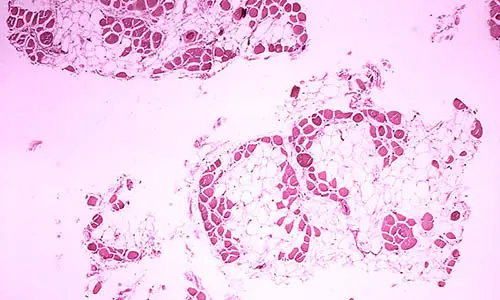1. Muscular dystrophy is a musculoskeletal disease.
• It is characterized by gradual degeneration of muscle fibers.
• Lose the ability to perform activities of daily living.
2. Muscular dystrophy is a group of diseases.
• There are nine major types of muscular dystrophy.
• Among the most common ones are:
o Duchenne’s muscular dystrophy predominantly affects boys.
o Becker MD is very similar to Duchenne is less severe which is a result of less dystrophin
o Facioscapulohemeral commences on teenage years with symptoms ranging from mild to disabling.
o Myotonic in adults.
3. Muscular dystrophy is genetically inherited.
• There are more than 30 gene-related disorders.
• This disease is acquired through an X-linked recessive pattern causing defects in muscle proteins.
4. Muscular dystrophy causes delay in motor development.
• Red flags of developmental milestones in babies can be difficult to tell whether those signs are developmental problems or not, thus further assessment is needed.
• Normally, fine and gross motor skills come in predictable sequence from the ability to crawl, sit up and walk.
• In muscular dystrophy, children have different degrees of independence.
• They might not show a specific skill within the normal age range.
• Gower’s sign
• The child may experience Easy fatigability when walking due to loss of muscle mass
• Provision of adequate diet to promote healthy status of the child may help to address this problem.
• Consider speaking to pediatrician.
5. Muscular dystrophy is diagnosed through muscle biopsy.
• A sample muscle tissue is subjected for analysis.
• The result reveals too little of dystrophin and are usually in a deformed size.
• Dystrophin is a cytoplasmic protein which is a vital component of polypeptides found in muscle tissue that acts in bone to muscle tissue connection for mechanical stabilization.
• Level of dystrophin can also be traced on blood by creatine kinase serum testing which is highly elevated in muscular dystrophy.
6. Muscular dystrophy is irreversible.
• It is considered disturbed levels of reactive oxygen species contribute to degeneration of muscle cells.
• It damages cellular molecules such as proteins, membrane lipids and DNA (called irreversible oxidative damage).
• This will eventually cause muscle tissue death (necrosis).
7. Muscular dystrophy has no specific treatment.
• Most types of this disease are multi-system disorder.
• The severity of symptoms differs in terms of the extent of muscle weakness.
• Unfortunately, no treatment is available to stop the progression of the disease.
• Multi-drug regimen can help to reduce problems secondary to muscular dystrophy.
• Examples are corticosteroids to help improve muscle strength and heart medications if there is cardiac involvement.
8. Muscular dystrophy gets worse with inactivity.
• Lack of physical activity poses many health threats, much more in cases on muscular dystrophy.
• It is important to talk to a medical practitioner on what type of exercise best suits an individual.
9. Physiotherapy has a fruitful effect in muscular dystrophy management.
• It is an option for prevention of contractures (abnormal positioning of joints) and shortening of muscles around joints by maintaining muscle tone.
• External application of braces is also helpful to control locomotion and support the weakened body parts such as orthosis (such as in ankle to correct foot drop).
10. A support system is substantial in the care of patient with muscular dystrophy.
• Through counseling, it helps family to deal with the illness and eventual death of the child.
• In Duchenne’s muscular dystrophy, death usually occurs in the early 20’s.
• Pulmonary complications are the leading cause of death in muscular dystrophy cases.
• Close monitoring are important to anticipate ventilator failure for early intervention.











Leave a Reply